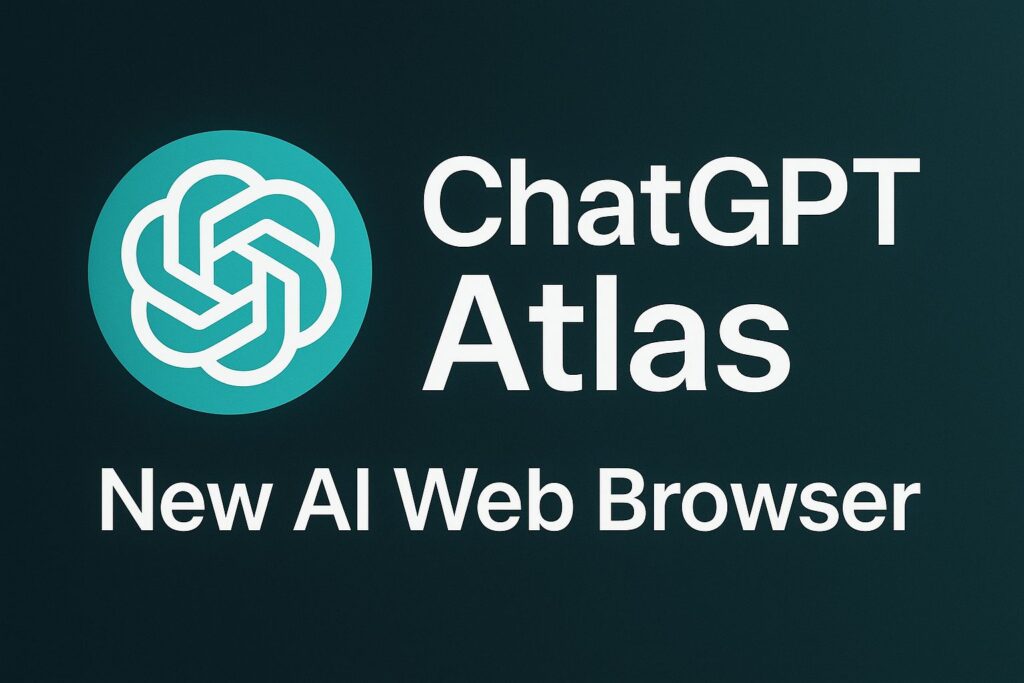Language has always been a fascinating aspect of human communication. Overcoming these barriers brings people together and enables us to connect on a global scale. However, language challenges in English, specifically, have posed hurdles for many individuals and organizations across different sectors. Thanks to the advancements in technology, chat GPT (Generative Pre-trained Transformer) and AI (Artificial Intelligence) have emerged as powerful tools in overcoming these challenges. Let’s explore how these technologies have revolutionized English understanding and communication.
Table of Contents

1. Understanding Language Diversity and Context
Language is a complex system that incorporates various dialects, accents, idioms, and cultural nuances. Chat GPT and AI have been trained on extensive datasets, allowing them to comprehend this diversity and adapt to different contexts. By analysing patterns from millions of sentences, these technologies decipher underlying structures and can accurately interpret the meaning behind specific phrases or expressions.
2. Improving Language Learning and Education
Language learning has always been a challenging process, particularly for non-native speakers. Chat GPT and AI have been instrumental in enhancing learning through personalized tutoring and interactive platforms. With their ability to provide real-time feedback, these technologies offer individualized support, pinpointing areas that require improvement and suggesting targeted learning resources or exercises.
3. Bridging Communication Gaps
In today’s interconnected world, effective communication is crucial, both in personal and professional settings. Language barriers often hinder this communication, leading to misinterpretations and misunderstandings. Chat GPT and AI have been deployed in various applications, such as translation services and assistants, to bridge these gaps. They facilitate seamless and accurate translations, enabling individuals to communicate effortlessly, regardless of their native language.
4. Enhancing Customer Support Services
Customer support plays a pivotal role in establishing a positive customer experience. However, barriers can impede effective communication between customers and support staff. Integrating chat GPT and AI within customer support systems facilitates real-time language translation, enabling companies to provide multilingual support to their customers. This improves customer satisfaction and fosters stronger relationships with a broader customer base.
5. Enabling Natural Language Processing
Understanding and extracting relevant information from written or spoken language is a fundamental aspect of NLP . Chat GPT and AI excel in NLP tasks by deciphering human language and extracting meaningful insights. Organizations utilize these technologies for sentiment analysis, information retrieval, text summarization, and many other applications. By automating language processing tasks, productivity and efficiency are significantly enhanced.
6. Supporting Content Creation
Content creation is a vital area where language challenges often arise. Chat GPT and AI can support content writers and marketers by generating suggestions, improving grammar, and enhancing readability. These technologies analyze existing content, identify areas for improvement, and propose alternative phrasing or structuring. This ensures that the produced content is not only engaging but also linguistically precise and suitable for the target audience.
7. Facilitating Cross-Cultural Understanding
Cultural diversity is a treasure that enriches societies, but it also presents language barriers that hinder cross-cultural understanding. Through their sophisticated models, chat GPT and AI help in breaking down these barriers. By providing accurate translations, contextual explanations, and cultural insights, these technologies promote empathy, respect, and understanding among individuals from different linguistic and cultural backgrounds.
8. Overcoming Bias
Language bias can manifest in various forms, often perpetuating stereotypes or excluding certain marginalized communities. However, chat GPT and AI aim to minimize such biases by training on diverse datasets and incorporating ethical guidelines. By recognizing and actively working to eliminate biases, these technologies strive for a fairer and more inclusive representation of language.
The combination of chat GPT and AI has revolutionized the ways in which we overcome these challenges in English. Their ability to understand language diversity, improve education, bridge communication gaps, and support content creation has made them indispensable tools for individuals and organizations alike. As these technologies continue to evolve, we can expect further advancements in overcoming these barriers, fostering global communication, and promoting understanding.
FAQs (Frequently Asked Questions)
1. Can chat GPT and AI handle slang or informal language?
Yes, chat GPT and AI models are trained on extensive datasets that include informal language, slang, and colloquial expressions. They are designed to understand and interpret a wide range of linguistic styles.
2. Are chat GPT and AI effective for simultaneous translation during live conversations?
While chat GPT and AI have made significant progress in real-time translation, there are still limitations when it comes to capturing the nuances and speed of live conversations. However, ongoing advancements are constantly improving their performance in this area.
3. How do chat GPT and AI ensure privacy and data security?
Companies that develop chat GPT and AI technologies prioritize privacy and data security. They implement strict protocols and adhere to industry standards to protect user data and ensure confidentiality.
4. Can chat GPT and AI help with understanding local dialects or accents?
Yes, chat GPT and AI have been trained on diverse datasets, including regional dialects and accents. They can understand and interpret different linguistic variations, making communication easier across various communities.
5. Are there any limitations to chat GPT and AI overcoming challenges?
Although chat GPT and AI have made significant advancements, some challenges remain, such as understanding context-dependent idioms or deciphering complex cultural references. Ongoing research and development aim to address these limitations and further enhance understanding capabilities.
In conclusion, chat GPT and AI have emerged as powerful allies in overcoming these challenges in English. Their ability to comprehend diversity, improve education, bridge communication gaps, and promote cross-cultural understanding has paved the way for a more connected and inclusive world. As technology continues to advance, we can look forward to even greater breakthroughs in language understanding and communication.
Discover more from TechResider Submit AI Tool
Subscribe to get the latest posts sent to your email.





